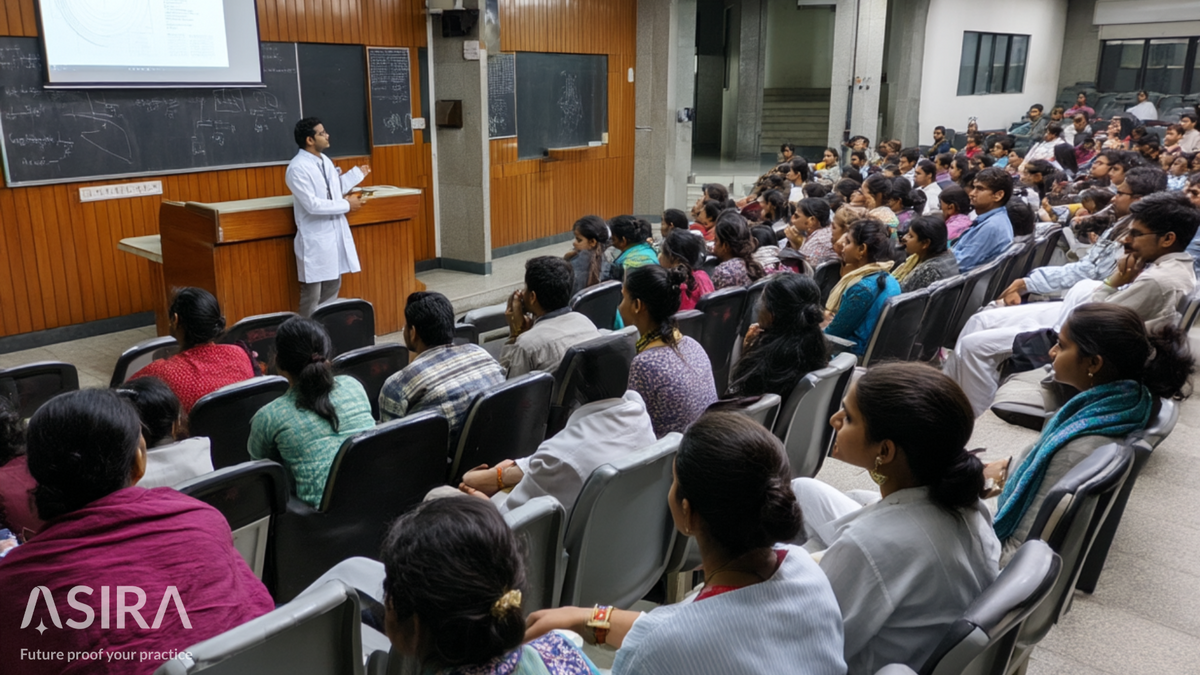The New 5-Year NCAHP Optometry Curriculum in India: A Step Forward or a Challenge?
Optometry education in India is at a major turning point. Under the NCAHP Act, 2021, a standardized five-year Bachelor of Optometry (B.Optom) program has been introduced.

Optometry education in India is at a major turning point. Under the National Commission for Allied and Healthcare Professions (NCAHP) Act, 2021, a standardized five-year Bachelor of Optometry (B.Optom) program has been introduced. This move is intended to bring uniformity, quality, and credibility to optometry education nationwide.
Starting from the academic year 2026, this curriculum will become mandatory across all institutions offering optometry degrees. But while this change brings many benefits, it also poses some challenges that educators, students, and institutions must be prepared for.
Understanding the New 5-Year B.Optom Program
The restructured five-year program includes:
Four years of rigorous academic learning.
One full year of compulsory clinical internship in a hospital or healthcare setup.
Key Academic Areas:
Basic Medical Sciences: Anatomy, Physiology, Pathology, Biochemistry, Microbiology.
Core Optometry Subjects: Visual Optics, Ocular Diseases, Clinical Examination Techniques, Contact Lens Practice, Binocular Vision, Low Vision Aids.
Interdisciplinary Learning: Elements of Pharmacology, Community Optometry, Epidemiology, and Research Methodology.
Soft Skills Training: Ethics, Professionalism, Communication, Practice Management.
Admission Criteria:
Students must complete their 10+2 education with Physics, Chemistry, and Biology or Mathematics, and now, importantly, clear NEET (National Eligibility cum Entrance Test) for admission.
Advantages of the New NCAHP Curriculum
1. Standardization Across India
Until now, optometry education in India was highly fragmented — with programs varying from 2-year diplomas to 4-year degrees, many without any formal clinical training. The new structure brings uniformity and national-level recognition, making Indian optometrists comparable with global standards.
2. Stronger Clinical Exposure
A one-year internship ensures that students graduate with hands-on experience — diagnosing, managing, and referring patients under supervision. This will create more confident and competent optometrists, reducing the traditional gap between academic knowledge and clinical practice.
3. Elevated Professional Status
Being recognized under a national commission raises the credibility and visibility of the optometry profession. It sets the foundation for professional licensure, accreditation, and possibly, better-defined legal rights in healthcare.
4. Opens Up Global Opportunities
A standardized, competency-based curriculum means Indian-trained optometrists can pursue higher studies or work abroad more easily, provided they clear local licensing requirements.
5. Interdisciplinary Learning
Integrating aspects of pharmacology, community healthcare, and research methodology creates professionals who can contribute to public health programs, research initiatives, and holistic patient care — expanding the traditional role of optometrists beyond refraction and dispensing.
Disadvantages and Challenges
1. Longer Duration and Higher Costs
Adding an extra internship year increases costs for students and their families — tuition, hostel fees, living expenses, etc. For many middle-income students, the financial burden may discourage them from pursuing optometry.
2. Infrastructure Gaps in Institutions
Not all current Indian optometry colleges have the infrastructure — such as clinical tie-ups with hospitals, trained faculty, or advanced equipment — needed to implement the new standards immediately. Upgrading will require major investments.
3. Implementation Hurdles
Ensuring every institute follows the same standards is a logistical challenge. Monitoring bodies, inspection systems, and continuous audits will be needed, otherwise the original intent of quality may be compromised.
4. Increased Academic Pressure
The expanded syllabus, combined with mandatory internships, could make the course more stressful for students. Institutions must balance academic rigor with student mental health and wellness support.
5. NEET Requirement: A Double-Edged Sword
While NEET ensures that students entering optometry are academically strong, it might reduce the number of applicants — because many bright students who fail to qualify NEET (which is mainly designed for MBBS admissions) may not consider optometry as an alternative career anymore.
Important Considerations: Grandfathering and State Councils
As the new regulations take effect, it's also important to understand transitional issues. Grandfathering clauses are expected to be introduced — allowing existing diploma holders, current students, and practicing optometrists to register themselves under the new system without having to redo their education. This is crucial for protecting the careers of thousands of professionals already working in the field.
Additionally, state-level councils for optometry and allied healthcare professions will play an important role. These councils will be responsible for maintaining practitioner registers, enforcing standards, and handling licensure and grievance issues at the local level. The effectiveness of these councils will determine how smoothly the transition happens, and how successfully the profession moves toward national regulation without leaving anyone behind.
For students planning their future, and for practicing optometrists, it's important to stay updated on announcements from the NCAHP and respective state authorities over the next couple of years.
What Does This Mean for the Future of Optometry in India?
In the long term, this shift is highly positive for the profession. It will:
- Produce better-trained clinicians.
2. Enable optometrists to play a more active role in India's healthcare system — especially in preventive eye care, primary eye care services, and rehabilitation.
3. Encourage optometry research and innovation.
4. Attract more government recognition and policy support for eye health initiatives.
However, in the short to medium term, there could be:
- Disruption in student enrolments.
2. Struggles for small or unprepared colleges to adapt.
3. Anxiety among students adjusting to the new expectations.
Conclusion
The new NCAHP-driven 5-year Optometry curriculum represents a bold and necessary evolution for optometry education in India. It aims to create professionals who are competent, globally competitive, and ready to meet the ever-increasing demand for quality eye care services.
For students, this means committing to a longer, more demanding education path — but one that offers greater rewards and respect.
For educators and institutions, this is a call to upgrade, innovate, and collaborate to meet the new standards.
Ultimately, if implemented properly, this curriculum could finally give Indian optometry the structured, professional identity it has long deserved.
📚 For more details, you can check the official document released by the National Commission for Allied and Healthcare Professions.
ASIRA is a simple and secure, cloud-based software tool, built BY optometrists FOR optometrists, that helps eye care professionals reduce the time and effort required to maintain clinical records, schedule appointments, generate bills, manage inventory and much more!
To find out more, visit www.asira.health and sign up for a 30-Day FREE TRIAL! If you're a new practice owner or a fresh graduate thinking of entrepreneurship, visit www.asira.health/optompreneur to learn how ASIRA can help reduce your costs and increase revenue.

